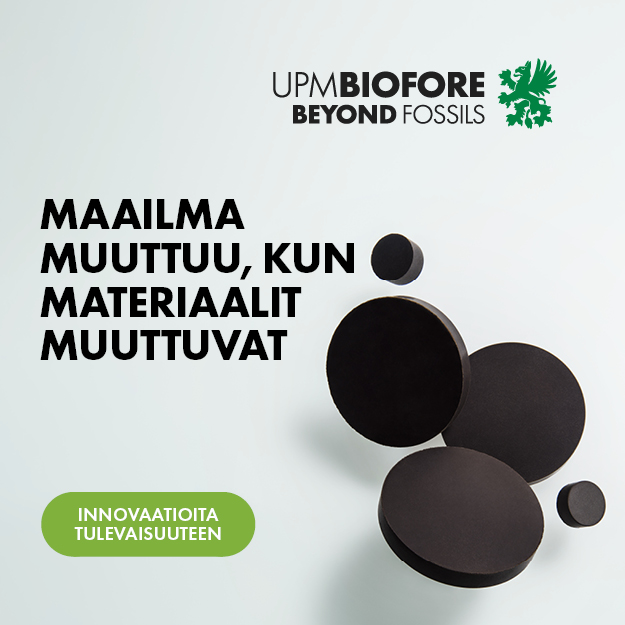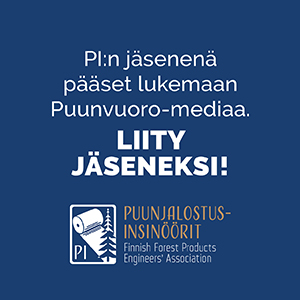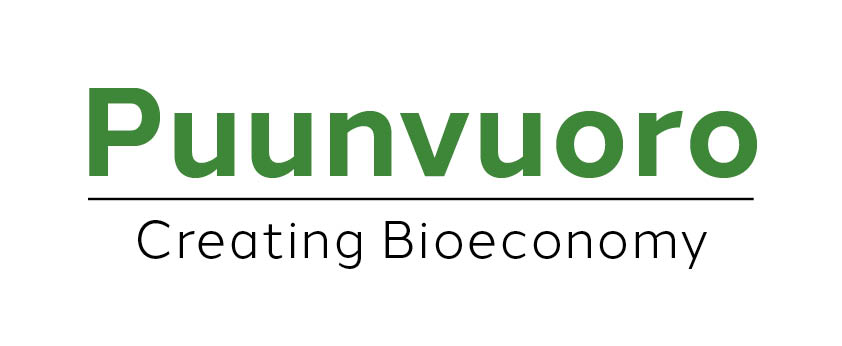EPS, commonly known as polystyrene, is a material hated by many, and it typically ends up in the ocean in small beads. This material can be replaced with recyclable wood-based foam.
VTT has studied fibre foams for approximately 10 years and it is now finally possible to upscale the technology behind the manufacturing of thick and porous fibrous webs.
“We were a bit too early when we started, as the subject hadn’t attracted widespread interest yet. The disadvantages of plastic have been covered extensively in the news in the past few years, which has attracted the attention of several brand owners. In the event that the import of EPS to a certain country was forbidden, a replacement would be needed immediately,” says Elina Pääkkönen, Senior Scientist at VTT.
Thick and porous webs have already been piloted in a small scale project, and the product could be made commercially available in a few years.
“The schedule really depends on how companies view it. We advance the development to a certain point, but, in the end, companies are responsible for enabling production on a sufficiently large scale.”
Limited only by imagination
Fibres can also be used to create moulded and complex completely bio-based structures that still retain their light and porous properties. This advanced innovative technology still has room for development, though.
“We have shown that this is possible too, and that the only limits of moulding technology and shapes are set by the manufacturer’s imagination.”
Fibre materials and end products can also be coloured and printed, different layers can be added to the structure and other materials can be added to the mix. For example, hemp fibre, bark or sawdust can enhance the natural appearance of a product.
The material is ideal for the packaging of electronics and fragile items and design products made of materials such as glass and porcelain.
Easy to recognise
It is essential that consumers are able to identify the material for the purposes of recycling.
“Biopolymer foams, for instance, can be difficult to distinguish from EPS. Fibrous packaging materials are easy to identify as a wood-based product, and when used as an interior packaging material, fibres can be recycled along with the exterior paperboard packaging.”
Even if a consumer decides not to recycle the product, no significant harm will be done.
“The fibrous material is compostable in a home environment, and it can be burnt in a fireplace,” says Elina Pääkkönen.
Pääkkönen has recently been admitted to the finals of the International Council of Forest and Paper Associations’ (ICFPA) Young Researchers and Innovation Award with her topic How to replace nonrenewable packaging materials.
32 companies are attempting to resolve the bottlenecks of foam forming in the FFP2020 project funded by the European Regional Development Fund. VTT is preparing several projects related to the upscaling of new biomaterials that require business partnerships.
Text Katariina Krabbe
Photo VTT Technical Research Centre of Finland Ltd



